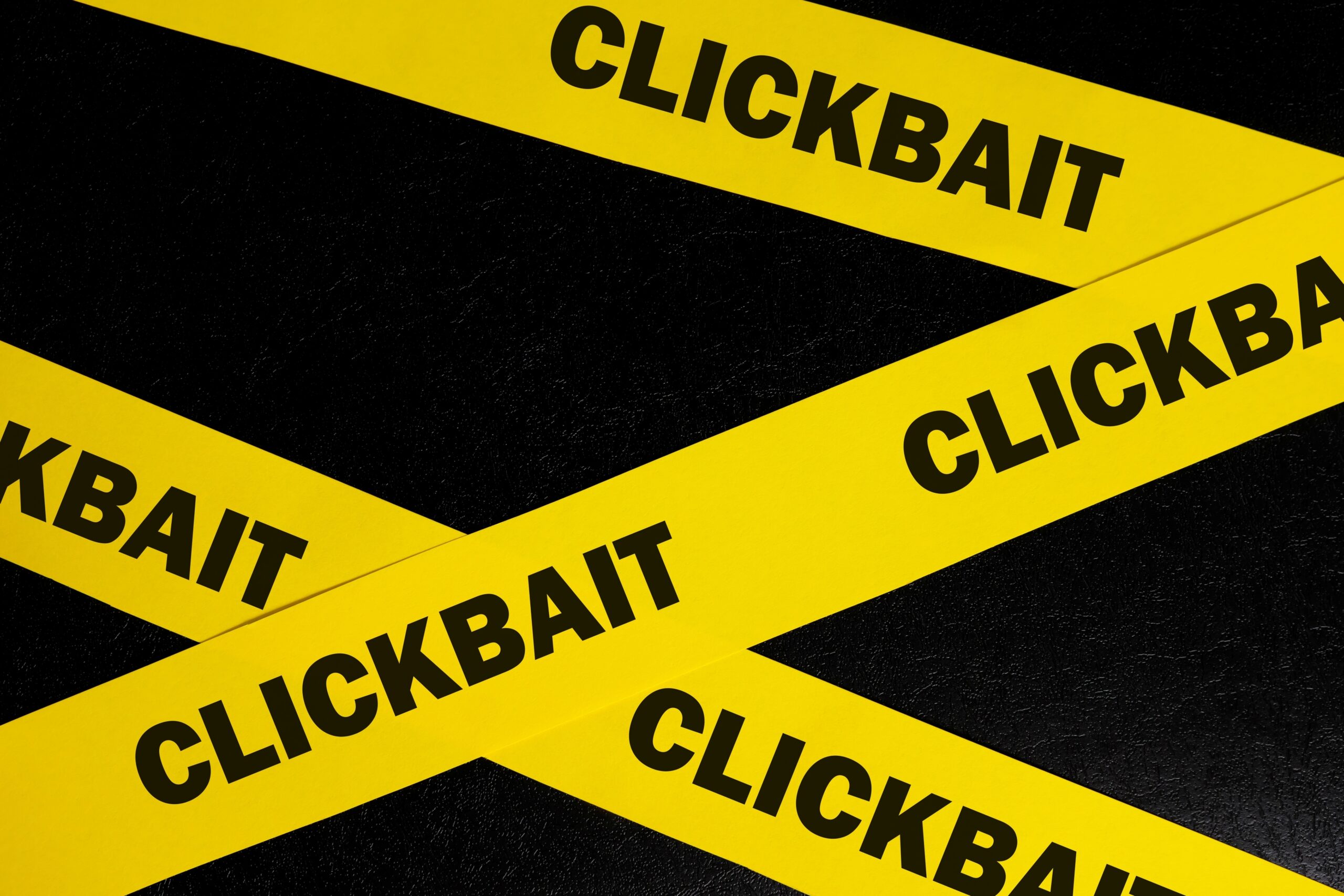California Sport Fish Findings Primed to Confuse
Remember the time journalists misread that CDC report and wrote that imported seafood was a danger and a growing one at that? Right but then they looked closely at it and found they were conflating illnesses with outbreaks which means the report actually said imported seafood was only responsible for one tenth of one percent of illnesses from all food, not just imports.
Yay, I remember that sigh.
Lets hope editors do too. Because theres a new report from the California State Water Resources Control Board that has nothing to do with commercial seafood, the stuff you find in grocery stores and restaurants, and is completely out of step with the FDA, USDA and mainstream, published, peer-reviewed science.
The State Water Board tested sport-caught fish and found average mercury levels of 0.44 parts per million. Levels it claims are of high concern.
The FDAs action level is more than twice the level dubbed of high concern by the State Water Board and the federal level includes a ten-fold safety cushion. Adverse affects from mercury have only been seen at levels more than a thousand percent higher than the ones California authorities are raising concerns about. This goes beyond the precautionary principal and strays into a fundamental misunderstanding about benefits and risks.
Lets put this in perspective; a State Water Board, whose mission is to preserve, enhance and restore the quality of Californias water resources has concerns about mercury levels in fish. While the newly revised USDA Dietary Guidelines for Americans say, the benefits of consuming seafood far outweigh the risks, even for pregnant women. Oh and the Institute of Medicine, the World Health Organization and other platinum standard public health organizations tend to agree.
So, the ball is really in the medias courtreport the whole story or feed the vortex of misinformation about mercury and seafood in search of an alarming headline.
Oh and the Water Board also mentions PCBs without offering any actual consumption context. The fact is that seafood, all seafood, makes up 9 percent of the PCBs found in the average American diet. While vegetables make up 20 percent. It doesnt appear the Water Board has offered an opinion on vegetable consumption, on using water to irrigate vegetables or even which vegetables might be good for grilling this Memorial Day weekend.


